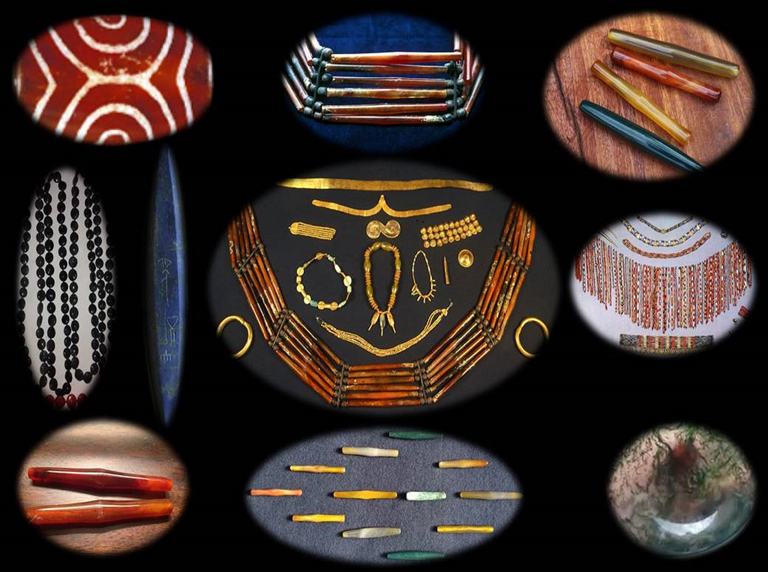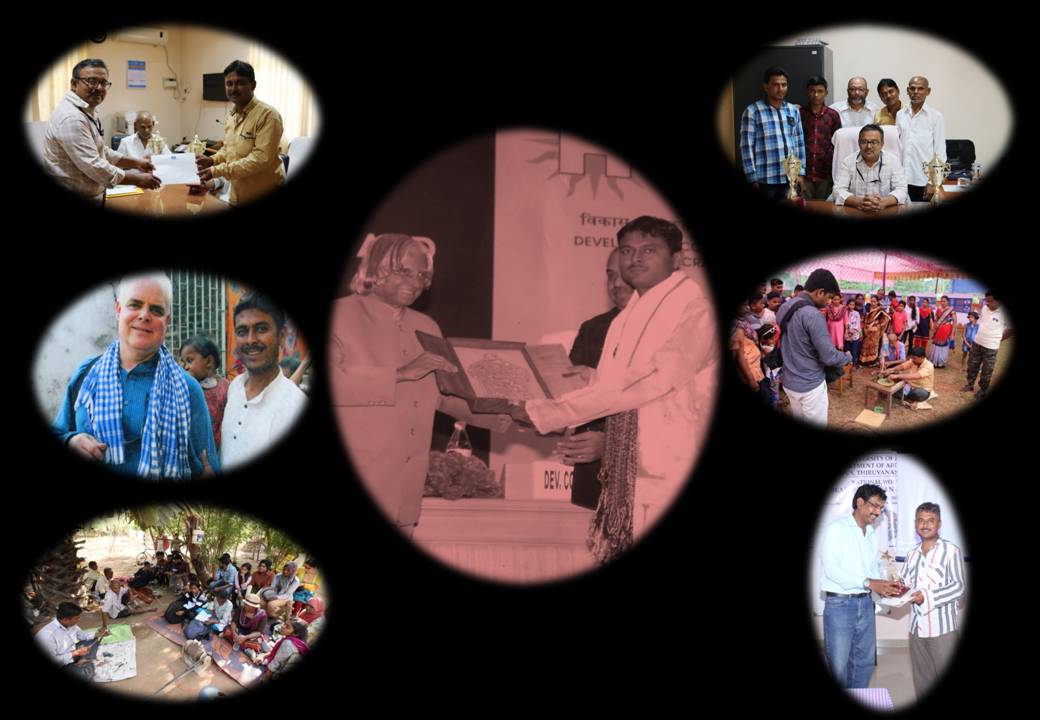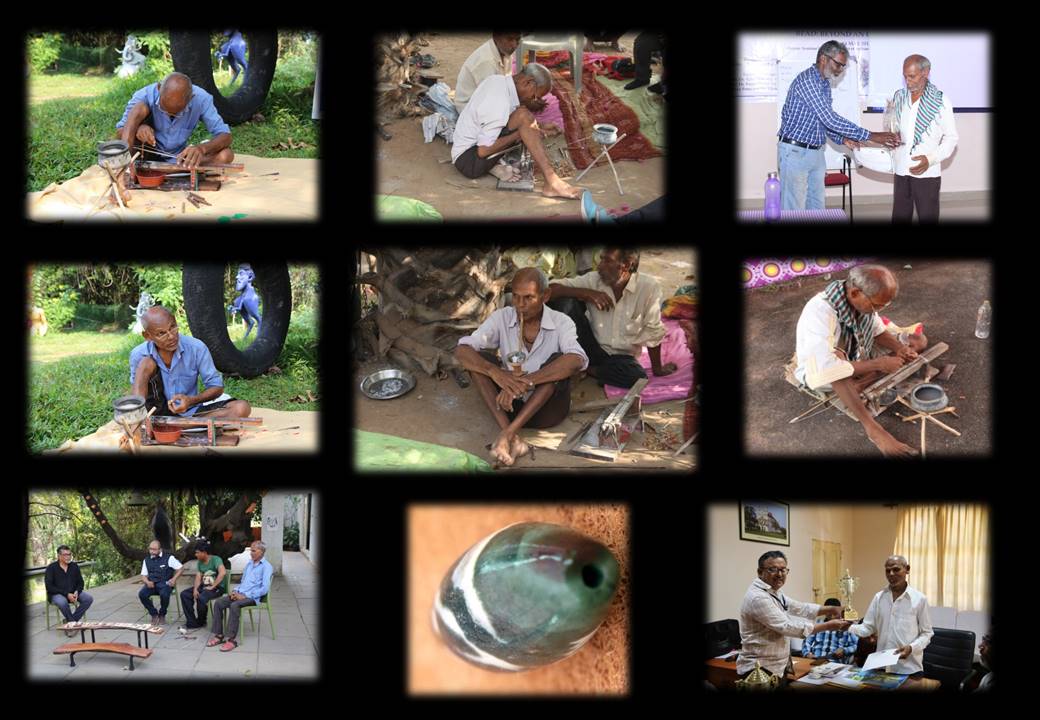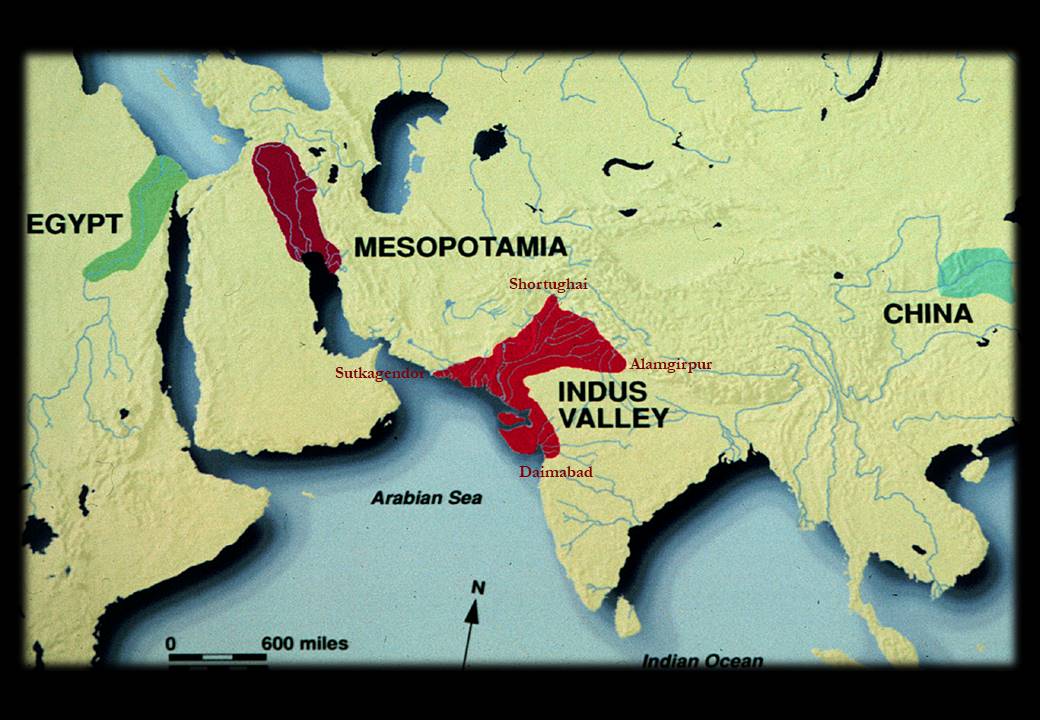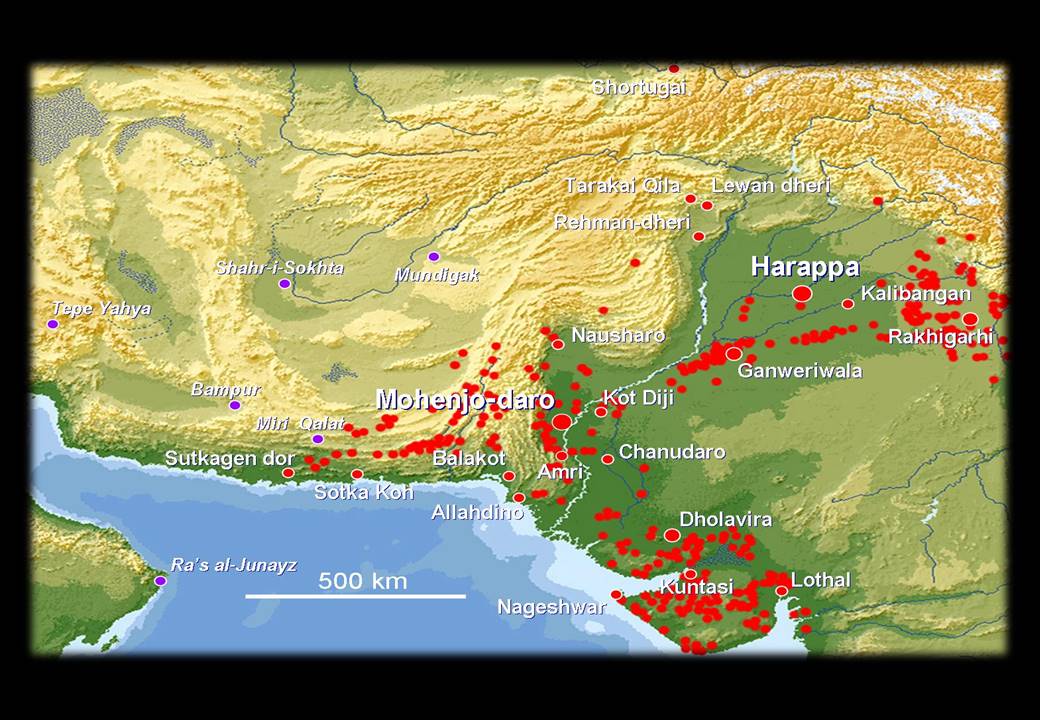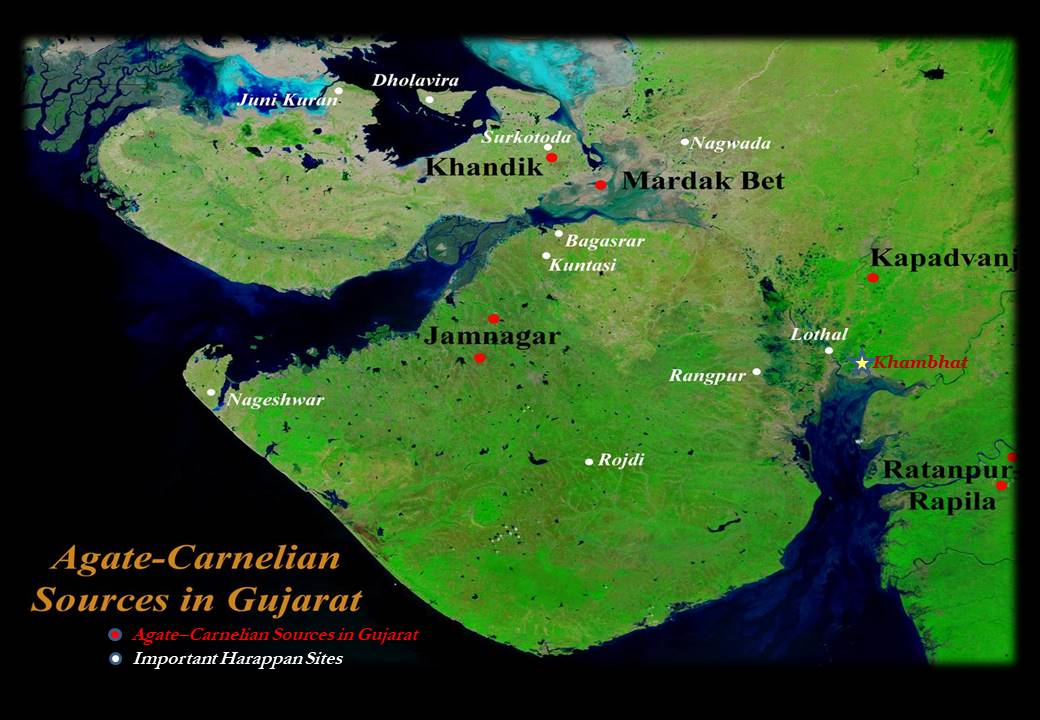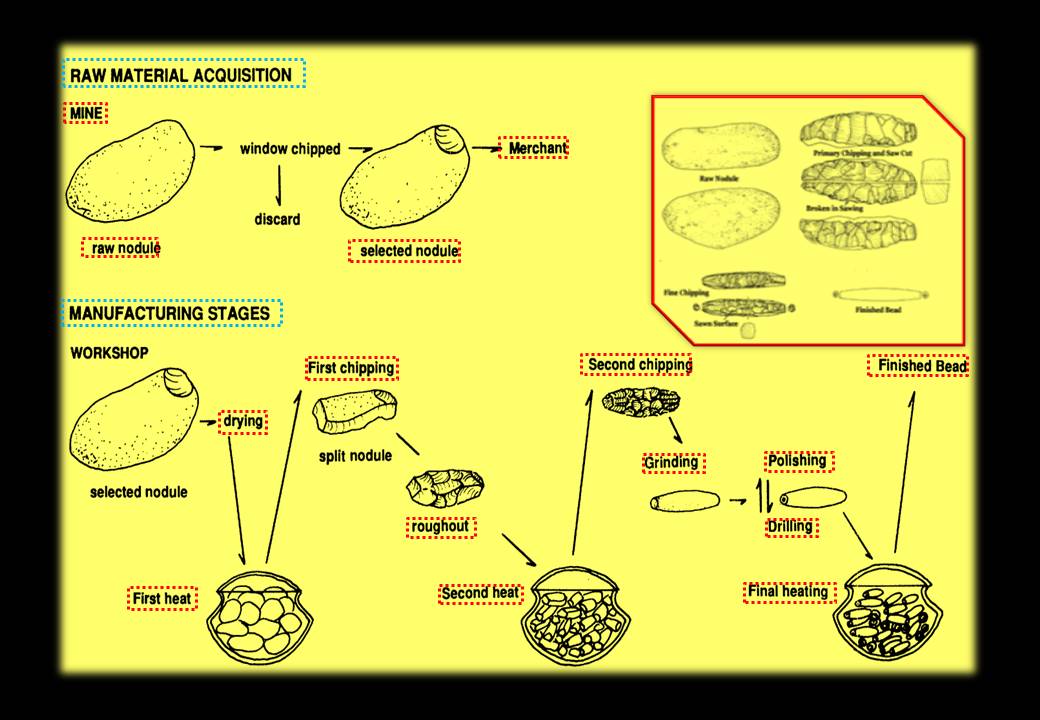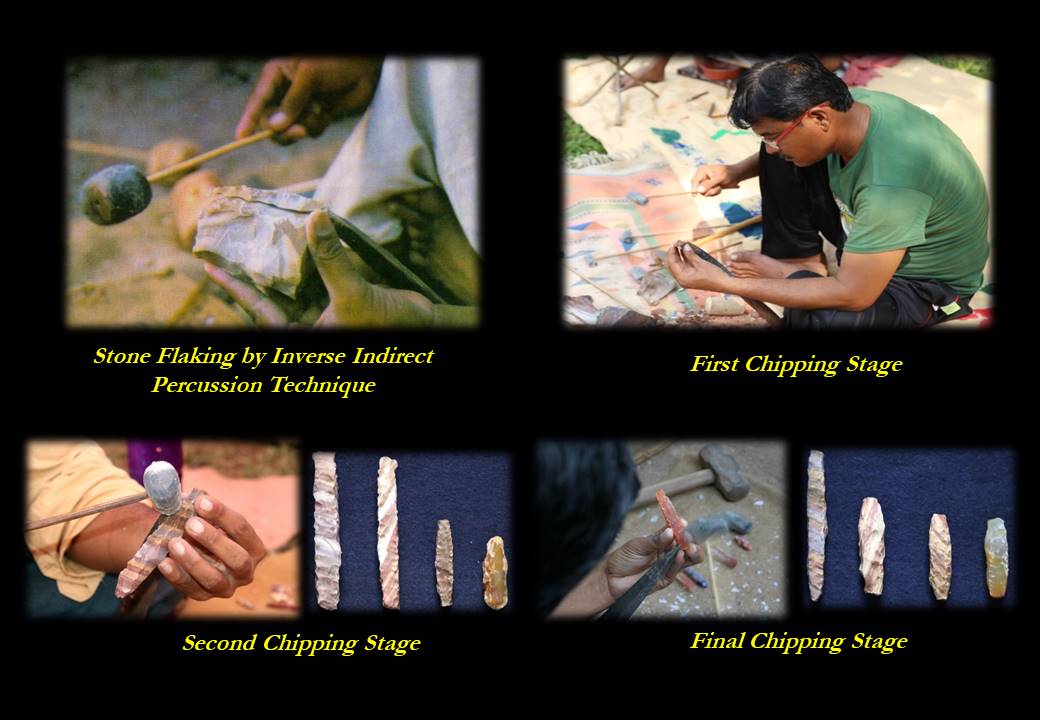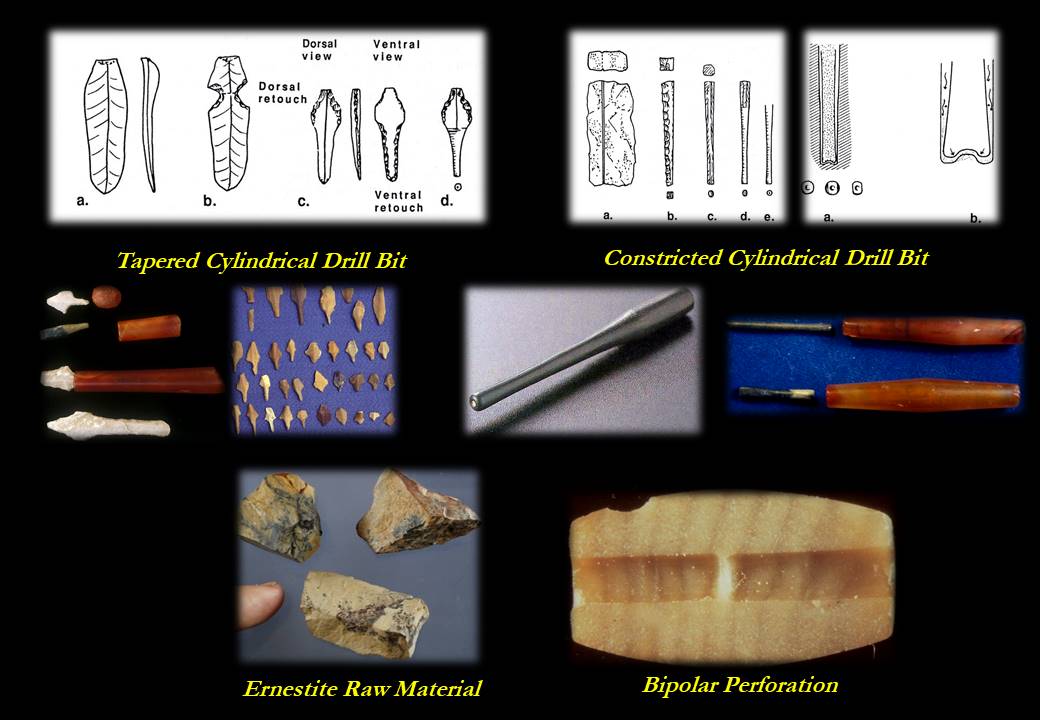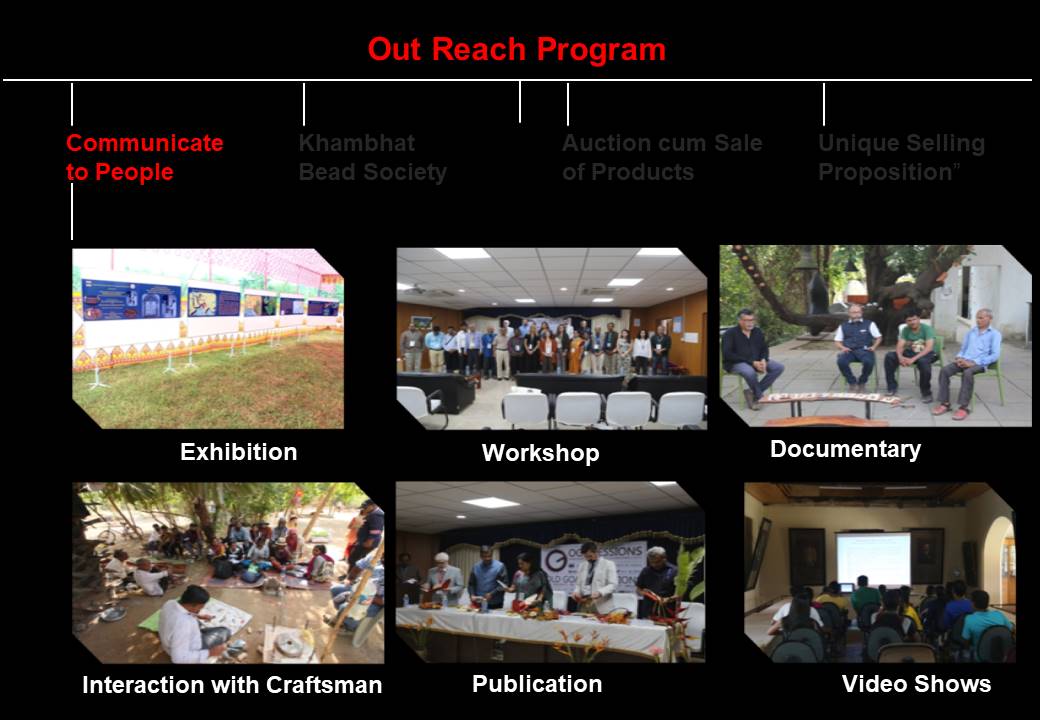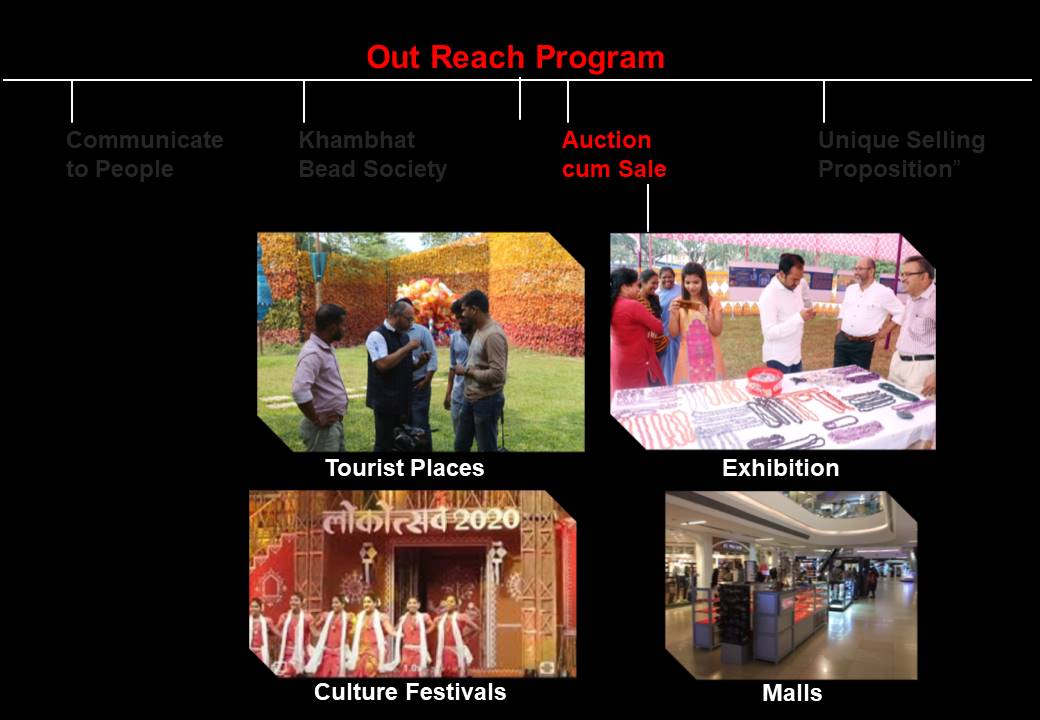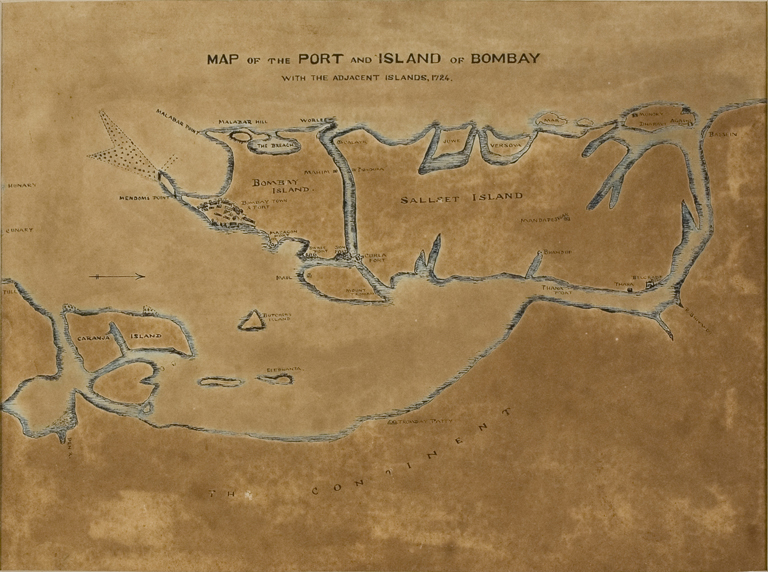Kishore Raghubans
It is about CRAFT and CRAFTSMEN for their contribution to the development of Bead Making in the port town of Khambhat in Gujarat, India.
Mission Statement: Thought on Present and Past
Bead plays an important role in human culture, both as a means of ornamentation as well as a method for defining one’s social and ritual status. Bead making is one of the oldest specialised craft in South Asia and it has survived till now in Khambhat. Bead making was practiced throughout the subcontinent, especially in areas having closer access to raw material. But with the ravage of time the craft declined everywhere except Khambhat.
Nationally Acclaimed for His Craftsmanship
Anwar Hussain Shekh, National Award Winning Bead Maker, he has been awarded for his craftsmanship and contribution to the development of traditional bead making.
Nationally Acclaimed for His Craftsmanship
Pratap Bhai known as an expert traditional bead driller and last generation of surviving traditional bead driller in the country.
Early Civilisation of the Old World
Indus valley was the earliest civilisation in South Asia in comparison with Egypt, Mesopotamia and China. The Indus valley covered an area in four cardinal directions: Shortughai (Afghanistan) in North, Daimabad (Maharashtra, India) in South, Sutkagendor (Pakistan) in West and Alamgirpur (Uttar Pradesh, India) in East.
The Indus Valley Civilisation
Sources for Semi-Precious Stones in Gujarat
Bead Making Process in Khambhat
The city of Khambhat also known as Cambay, was a port town situated in Gulf of Khambhat and being a fortified medieval town and an important maritime trade center. Before Khambhat becoming prominent and significant, the port city Nagara (3 km north of present day Khambhat) was an important port, which flourished from first millennium BCE and had carried on trade activities with foreign countries. The prominence of Nagara continued till the beginning of the 9th century. During the rise of the Solanki dynasty (10th century), Khambhat became the most important international port. Khambhat is one of the largest semi-precious stone bead working centers of the world, and it has been an important center for over two thousand years of documented history. The stone bead industry in this region can be traced back even earlier to the cities and villages of the Harappan. Because of the long continuity of stone bead making in this region, Khambhat provides a unique opportunity to understand the organisation of a specialised craft and how different aspects of social, economic and political organisation relating to such craft might be reflected in the archaeological record.
Stages of Bead Making
Chipping Stages
Polishing Process
Drilling Process during Harappan Times
During Harappan times in drilling process, two types of drill bits were used Tapered Cylindrical Drill Bit and Constricted Cylindrical Drill Bit. In tapered drill, the drilling shaft portion is tapered with the distal end, whereas in constricted drill has a long cylindrical shape that is wide at the tip and constricted in the midsection. In order to drill stone beads, the ancient artisans use to have several sizes of drills. Most of the long carnelian beads made during the Harappan period reveal that there are three or four different sizes of drills were used to perforate one half of the bead. The bead was then turned over and the opposite side was perforated. In most cases the bipolar perforation meet precisely in the center of the bead. The use of drills of different sizes is often clearly visible in drill sections of beads. The result shows that drills made from Ernestite are more efficient then those made from siliceous rock. It also appears that ernestite drills are efficient then copper and corundum when using bow drill and manually applied abrasive.
Traditional Bead Drilling Process in Khambhat
In Khambhat drilling of beads is traditionally done with the diamond tipped drills. Two varieties of diamond tipped drills are used in the drilling process. The first drill ‘Tekni’ has a single rounded diamond chip at the tip and is used to make shallow depression in the center. The second drill ‘Sayedi’ has two tiny rounded diamonds at the edges of the tip and is used for actual perforation process. The bead to be drilled is held in a wooden vise, after drilling halfway through it is turned over and drilled from opposite side. The drill tip is cooled by a very ingenious contraption consisting of a small pot filled with water set on a tripod in front of the vise. The pot has a hole on one of the sides and a long wire is set into the hole by wrapping the end with a cotton thread. The water in the pot seeps through the thread and runs down the wire to drip on the top of the bead where the drill is turning. This cools the bead and the drill, and also helps to wash out the powder produced in the drilling process. The water and the powder are collected in a bowl beneath the bead and then recycled into the pot that is set on top of the tripod. The powder ‘Vari’ is removed and stored until sufficient quantities have been accumulated. The Vari is then sold to bead polishers for use in the final stage of polishing
Dedicated to Ancient Traditional Stone Beaders of Khambhat
